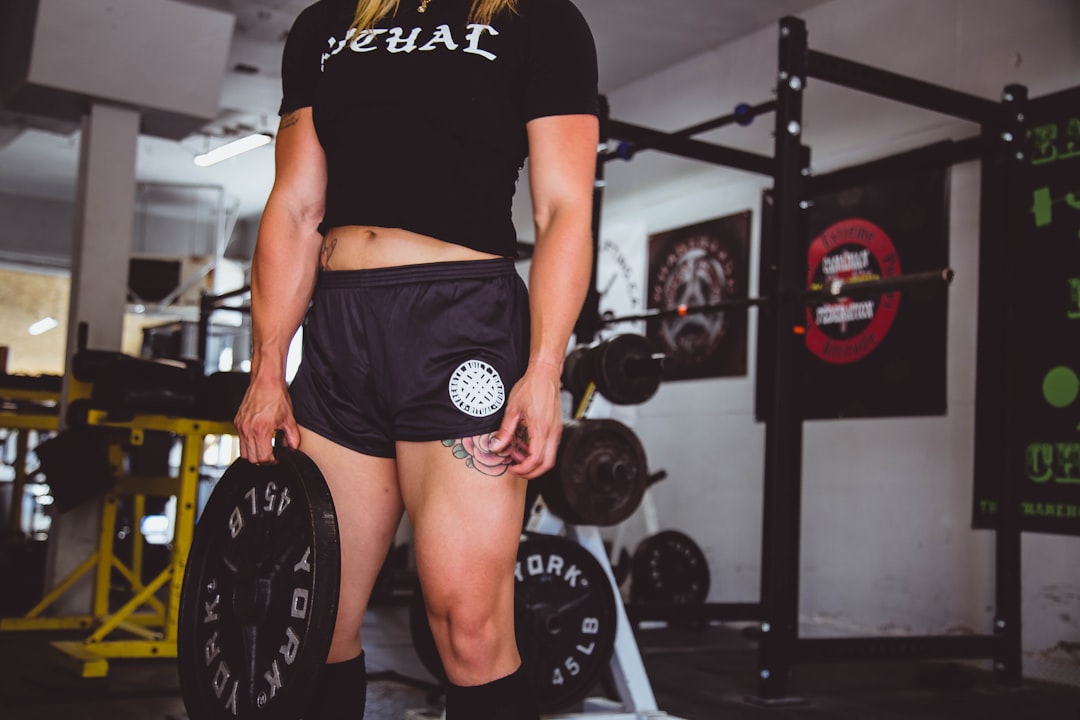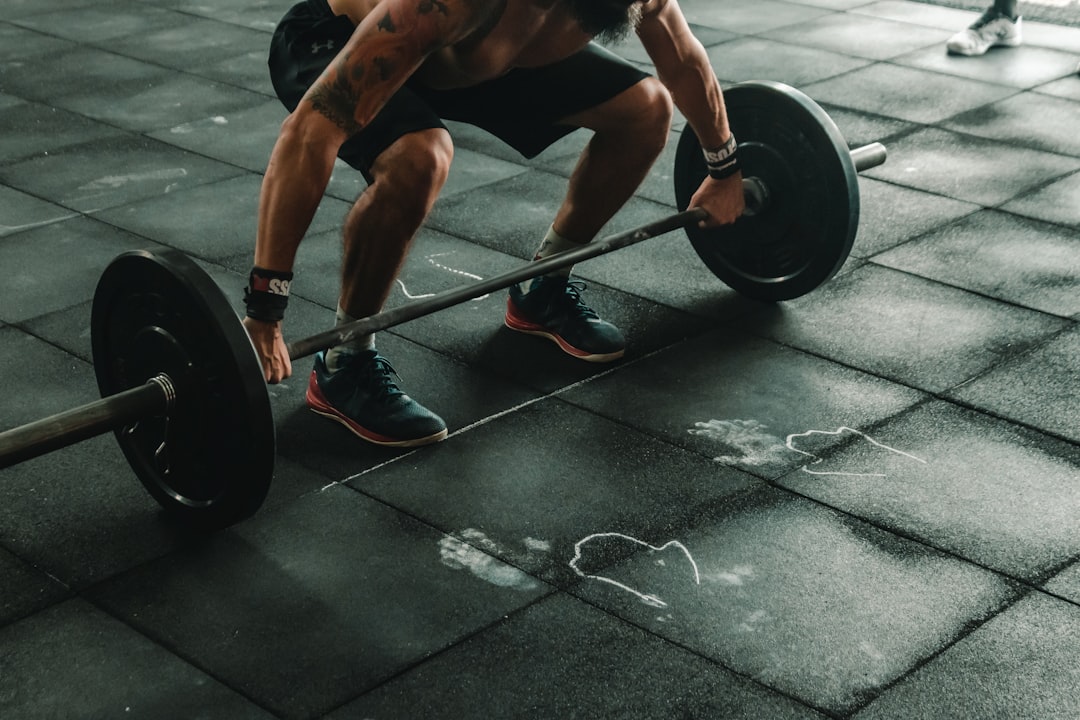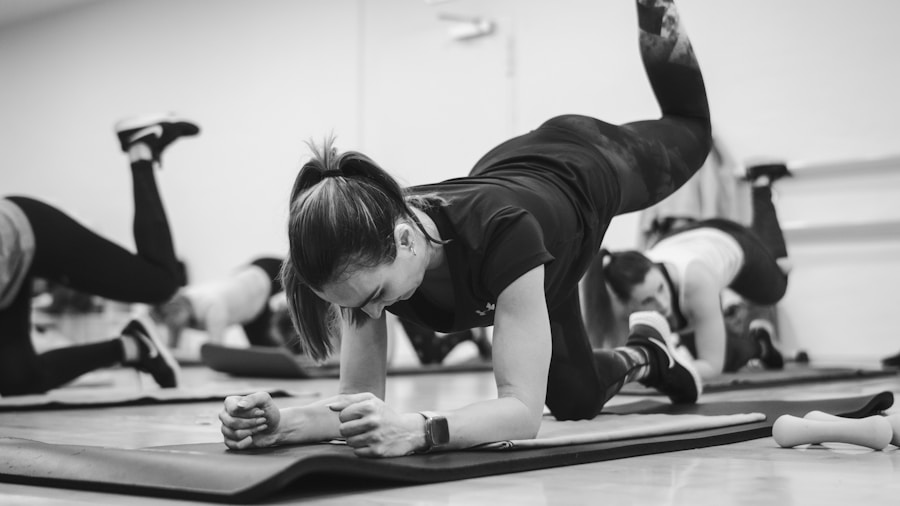Lower body strength is crucial for overall physical performance and functionality. The legs are responsible for supporting the body’s weight, facilitating movement, and providing stability. Strong leg muscles not only enhance athletic performance but also contribute to everyday activities such as walking, climbing stairs, and lifting objects.
Additionally, a well-developed lower body can help prevent injuries and improve posture. Neglecting lower body strength can lead to muscle imbalances and increase the risk of lower back and knee problems. Therefore, incorporating a comprehensive leg muscle workout plan is essential for overall health and fitness.
Key Takeaways
- Lower body strength is crucial for overall fitness and athletic performance.
- Understanding the science behind leg muscle development can help in creating an effective workout plan.
- Essential exercises like squats, lunges, and deadlifts are key for building stronger legs.
- Balancing different types of leg exercises and incorporating cardio is important for a well-rounded leg workout routine.
- Proper nutrition, avoiding common mistakes, and tracking progress are all important factors in maximizing leg muscle growth.
The Science Behind Leg Muscle Development
Primary Muscles of the Lower Body
The primary muscles of the lower body include the quadriceps, hamstrings, glutes, and calves. These muscles are responsible for different movements such as extension, flexion, and rotation of the hips, knees, and ankles.
Muscle Growth and Development
When subjected to resistance through exercises, the muscle fibers undergo microscopic damage, triggering a process of repair and growth. This process, known as hypertrophy, leads to an increase in muscle size and strength.
Effective Exercises for Leg Development
Compound exercises such as squats, lunges, and deadlifts are particularly effective in targeting multiple leg muscles simultaneously, promoting efficient muscle development.
Essential Exercises for Building Stronger Legs
Incorporating a variety of exercises is essential for targeting all major muscle groups in the lower body. Squats are a fundamental exercise that engages the quadriceps, hamstrings, and glutes while also activating stabilizing muscles. Lunges are another effective exercise that targets each leg individually, promoting balance and symmetry.
Deadlifts are crucial for strengthening the posterior chain, including the hamstrings and glutes. Additionally, calf raises help develop the calf muscles, contributing to overall lower body strength. Incorporating both bodyweight exercises and weighted resistance exercises ensures comprehensive muscle stimulation for optimal leg muscle development.
Creating a Balanced Leg Workout Routine
| Exercise | Sets | Reps | Rest |
|---|---|---|---|
| Squats | 3 | 8-12 | 60 seconds |
| Lunges | 3 | 10-15 each leg | 45 seconds |
| Deadlifts | 3 | 8-10 | 60 seconds |
| Calf Raises | 3 | 15-20 | 30 seconds |
A balanced leg workout routine should include a combination of compound and isolation exercises to target all major muscle groups effectively. It is important to vary the intensity, volume, and types of exercises to prevent plateaus and promote continuous muscle growth. For example, incorporating heavy squats and deadlifts for strength development alongside higher-repetition lunges and leg presses for muscular endurance can provide a well-rounded approach to leg muscle development.
Additionally, including unilateral exercises such as single-leg squats or Bulgarian split squats can help address any muscle imbalances and enhance overall stability.
Tips for Maximizing Leg Muscle Growth
To maximize leg muscle growth, it is essential to focus on progressive overload by gradually increasing the resistance or volume of training over time. This can be achieved through adding weight, increasing repetitions, or adjusting rest periods between sets. Adequate rest and recovery are also crucial for muscle growth, as the muscles require time to repair and adapt to the training stimulus.
Furthermore, maintaining proper form during exercises is essential to effectively target the intended muscle groups and minimize the risk of injury. Consistency in training and adhering to a well-structured workout plan are key factors in maximizing leg muscle growth.
Incorporating Cardio for Lower Body Endurance
While resistance training is essential for building leg muscle strength, incorporating cardiovascular exercises can enhance lower body endurance and overall cardiovascular health. Activities such as cycling, running, or stair climbing engage the leg muscles in a different way, promoting muscular endurance and cardiovascular fitness. High-intensity interval training (HIIT) involving lower body movements can also be beneficial for improving both strength and endurance simultaneously.
Including a combination of resistance training and cardiovascular exercises in a workout routine can lead to comprehensive lower body development.
The Role of Nutrition in Supporting Leg Muscle Development
Nutrition plays a critical role in supporting leg muscle development. Consuming an adequate amount of protein is essential for muscle repair and growth. Lean protein sources such as chicken, fish, eggs, and legumes provide the necessary amino acids for muscle recovery and synthesis.
Carbohydrates are also important for providing energy during intense workouts, while healthy fats support overall cellular function and hormone production. Additionally, staying hydrated is crucial for optimal muscle function and recovery. A well-balanced diet that includes a variety of nutrient-dense foods is essential for supporting leg muscle development.
Avoiding Common Mistakes in Lower Body Training
Common mistakes in lower body training include neglecting proper warm-up and cool-down routines, using improper form during exercises, and neglecting adequate rest between workouts. Skipping warm-ups can increase the risk of injury, while inadequate cool-downs can lead to muscle soreness and stiffness. Using improper form during exercises can lead to ineffective muscle stimulation or potential injury.
Overtraining without allowing sufficient recovery time can hinder muscle growth and increase the risk of overuse injuries. It is important to prioritize proper technique, adequate rest, and recovery to avoid common mistakes in lower body training.
Tracking Progress and Setting Realistic Goals for Leg Muscle Growth
Tracking progress is essential for monitoring improvements in leg muscle strength and size. Keeping a workout journal or using fitness tracking apps can help record training volume, weights lifted, and overall performance. Setting realistic short-term and long-term goals can provide motivation and direction for progress.
Whether aiming to increase squat strength, improve muscular endurance, or enhance overall lower body aesthetics, having specific and measurable goals can help guide training efforts. Celebrating achievements along the way can further motivate continued progress in leg muscle development. In conclusion, understanding the importance of lower body strength, incorporating effective exercises, creating a balanced workout routine, maximizing muscle growth through proper training techniques and nutrition, avoiding common mistakes, and tracking progress are all essential components of an ultimate leg muscle workout plan.
By following these guidelines and staying consistent with training efforts, individuals can achieve significant improvements in lower body strength, endurance, and overall physical performance.




